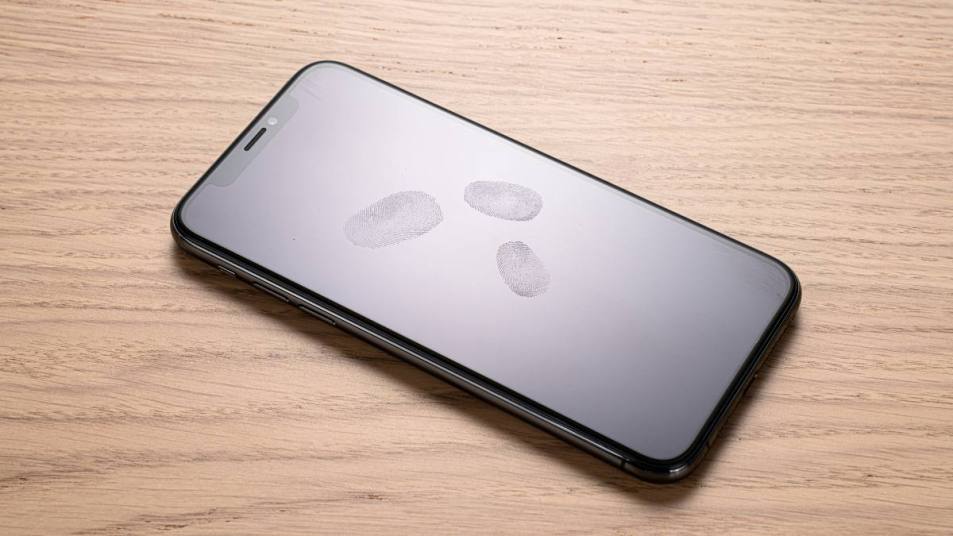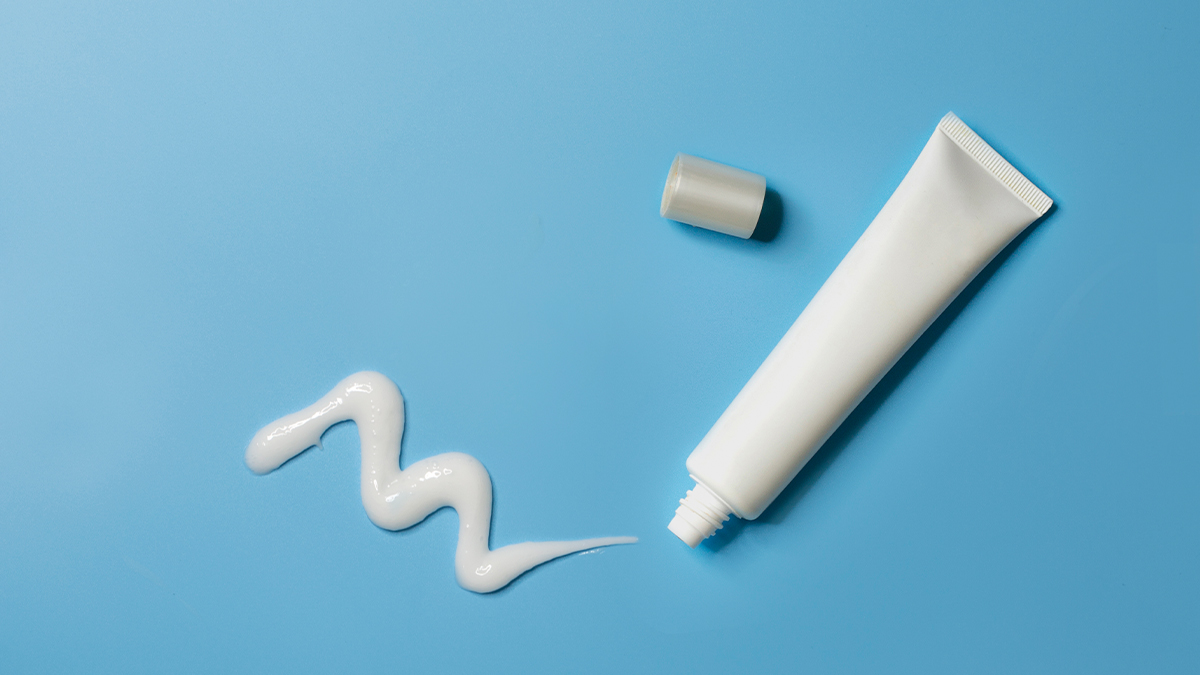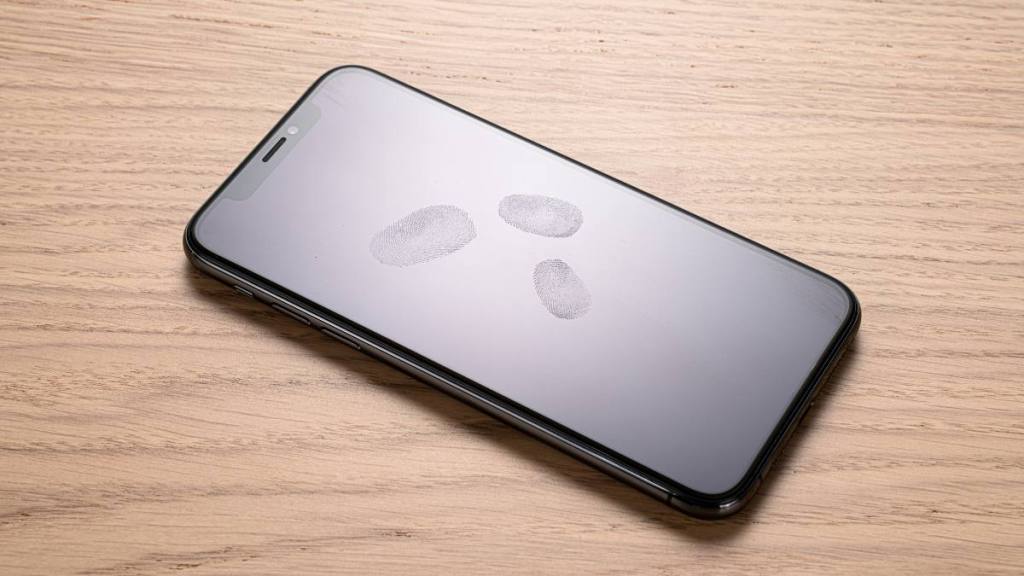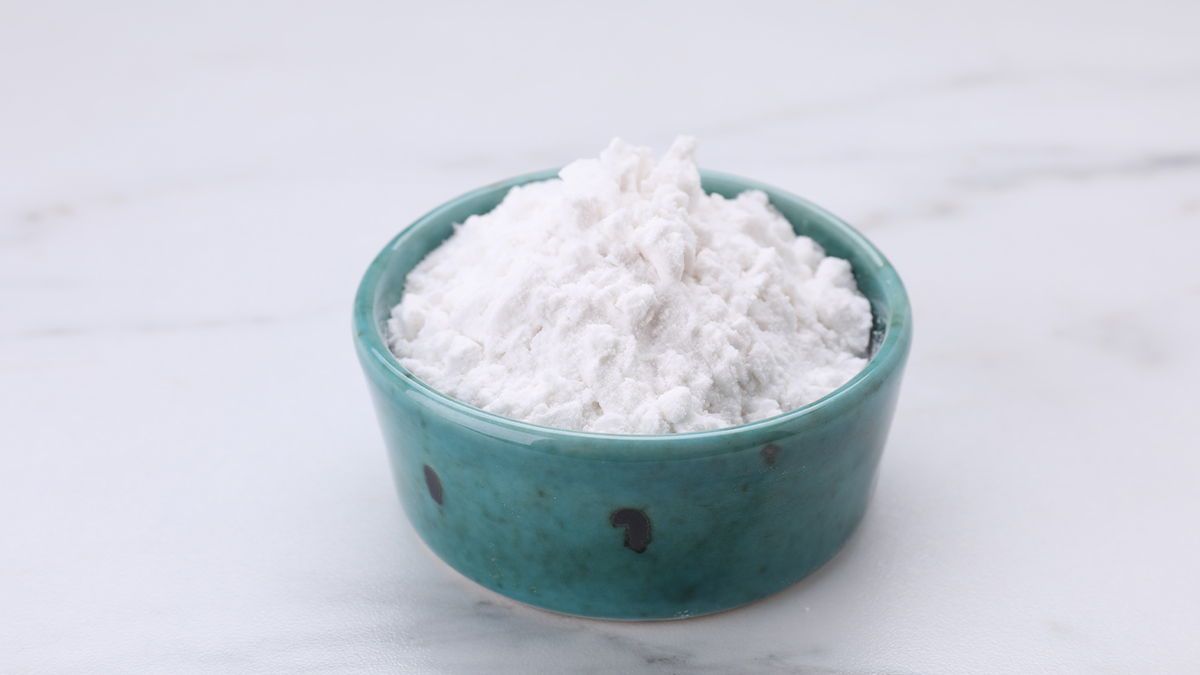How to Remove Fingerprints on Anything – Cleaning Pros Reveal Cheap + Easy Fixes
Plus, the white potato hack that works wonders on cell phone cases

There’s nothing quite like the satisfaction of a sparkling clean home — especially if you have guests on the way. You’ve vacuumed and mopped and dusted, and at first glance everything looks great. But then you look around and suddenly you’re zeroing in on fingerprint smudges everywhere: greasy ones on the walls in your kitchen and smudged ones on your stainless steel fridge and on the bathroom mirrors. The good news? It’s easier than you think to get rid of those annoying marks, but because getting rid of smudges on your fridge differs from the way you’d remove them from, say, your walls, we’ve called on housecleaning experts to give us their take on how to remove fingerprints from all kinds of household surfaces. Here are their handy tricks.
How to remove fingerprints from windows, mirrors and glass

When looking to remove dirt, grime or grease from glass and glass-like surfaces, the goal is to not only clean them but to so it without leaving streaks. “I use Fabuloso (Buy from Amazon, $8.94) to clean windows and mirrors whenever I clean,” says TikTok content creator Sharon Garcia (Sharon Cleans Everything). “Fabuloso is a great degreaser so it cleans away the print without spreading it.” What also works with ease? Isopropyl alcohol since it dries very quickly, making it great for a streak-free shine. That’s why either substance will work to remove fingerprints. Spray your choice on the surface of the glass, and wipe away with a microfiber cloth until dry. “You’ll be surprised by how clean your glass will look,” attests Garcia.
No alcohol or Fabuloso? “When I was young, my mom would always use newspaper, lemon juice and water, and it made the house smell great,” says Garcia. “Newspaper is absorbent and it cleans really, really well without leaving streaks.” That’s because the thin, cheap paper newspaper is made from is super-absorbent and the paper fibers are tightly woven, so it doesn’t leave any lint behind when you use it to clean and the acid in lemons is antibacterial and antiseptic. (Click through to learn more about newspaper for window cleaning.)
Just squeeze some lemon juice into a spray bottle with water, spray on the windows or glass and wipe away with the paper.
Also great for mirrors? Toothpaste! Just let it sit on fingerprints (it helps dissolve the oils and grime) for a few minutes then wipe off with a microfiber cloth. Bonus? It also acts as an anti-fogger thanks to it being a surfactant (it won’t allow particles of water condensation to form),
How to remove fingerprints from stainless steel
“There isn’t much that can’t be cleaned with a microfiber cloth,” says Brandon Pleshek, who has twenty years of experience in his family’s Wisconsin cleaning business. “For most fingerprints on stainless steel, you’ll only need to wipe using a damp microfiber cloth and then buff with a dry one.”
But sometimes fingerprints build up over time and attract grease. And then it’s time to break out the tough stuff. Everyone knows about the many uses of Bar Keepers Friend, that mildly abrasive cleaner that works great on your pots and pans. But many people aren’t aware that it will also get rid of greasy fingerprints on stainless steel. “Apply liquid Bar Keepers Friend or Bar Keepers Friend More spray to a damp, non-abrasive sponge like Scrub Daddy, and scrub the front of the appliance working in the same direction as the grain,” Pleshek says. “The oxalic acid in the product will break down the grease in the fingerprint marks.” Then rinse with a wet microfiber cloth, and buff with a dry one.
Check out Pleshek’s Clean That Up Instagram post here to see results:
Another option: A little olive oil applied with any soft cloth or paper towel and then buffed out will take those fingerprints away. Just be cautious not to use this method too often as the oil can build up over time and attract grease — and then you’ll need to do a deep clean on the appliance.
To remove fingerprints from electronic screens

Cell phones and other electronics screens can get pretty gross since we touch them all the time. Think the last time you skimmed through the news while you ate lunch – yuck! That’s why it’s important to clean fingerprints away and disinfect at the same time, says New Jersey house cleaner Christie Marchese, owner of You’ve Got It Maid, who’s been cleaning homes for 15 years. “I use a homemade all-purpose cleaner of equal parts vinegar and distilled water and a ¼ cup of 70% isopropyl alcohol, and then lightly dampen a paper towel to wipe the phone down. The combination will get rid of fingerprints and make sure your phone is germ-free,” she says, and the alcohol will evaporate quickly, leaving a clean screen. Her caveat: Never spray the phone itself, though. You can damage the electronics and delaminate the surface of the device.
One great hack if you’re out of cleaner of any kind: Use either a very small piece of cut-up white potato (be very careful to avoid getting any ports wet) or the middle of a slice of white bread rolled into a ball and gently rub it over the surface of the phone. Then wipe clean with some sort of soft cloth to remove any leftover debris, says Muffetta Krueger, owner of Muffetta Housekeeping, a cleaning and staffing service in Westchester County, NY. She’s been cleaning homes for just over 20 years now using her own homemade cleaning products.. Either material will absorb the oil from the fingerprints, and the cloth will buff out any remaining marks.
How to remove fingerprints from walls

Dirty, fingerprint-smudged walls can make your home look grimy even when everything else is tidy and clean. Luckily, cleaning them is an easy fix, says Krueger. “A simple mix of baking soda, warm water, and a few drops of liquid dish soap will make an all-purpose wall cleaner for most types of wall paint,” she says.
To do: Add ½ a cup of baking soda to a bucket of warm water and squirt in two-to-three drops of dish soap. Then use a soft cloth to wash away the marks and another to dry the wall after. “Baking soda is a mild abrasive and a natural deodorizer, so it’ll wash the marks right away as long as you don’t have flat paint, which is more matte and cannot be washed away,” says Krueger.
To remove them from flat paint: Gently color over the prints with white chalk, let it sit for five-to-ten minutes, and then wipe with a damp microfiber cloth in a circular motion, she says. The chalk will absorb the grease in the fingerprints, and the microfiber is gentle enough not to damage your flat paint. Another option: Use a large, white pencil eraser to gently clean the marks from your wall, again using a circular motion. But test in a small area, advises Krueger, and only use a white eraser, as any other color could leave marks on your walls.
Watch this Youtube video by cleaner Melissa Maker to see how the chalk trick works:
To remove fingerprints from upholstery
Fingerprints on upholstered furniture can be a nightmare to get rid of, says Krueger, and sometimes they can’t be removed at all. Upholstery should have a manufacturer’s cleaning tag that tells you if you can wet it (W), use a solvent cleaner on it (S), do both (WS), or if it can’t be touched with water (X for vacuum only; D for dry clean only). If the upholstery isn’t washable, there’s little you’ll be able to do. If the material is washable, any upholstery cleaner that meets the tag requirements will work, says Krueger. Apply as directed, then blot to both dry and soak up the stain. Then, if you can, use a vacuum or an upholstery cleaning machine to suck away the remaining cleaning fluid and any stain that’s risen to the surface of the material.
In a pinch trick for a make-your-own upholstery cleaner: If the material has a WS tag, warm water and a teaspoon or so of unscented laundry detergent will work on most dirty fingerprint marks, advises Muffetta. “Wet a cloth in the solution and test on an inconspicuous area first, though,” she says. Then wipe gently in a circular motion so as not to disturb the fabric’s nap, and blot to absorb the excess liquid.” Then, follow, the vacuum or upholstery cleaning machine step above.
How to remove fingerprints from wood furniture

Just like with stainless steel, fingerprints on dark wooden furniture can show up even after you’ve polished it to a high shine, says Krueger. That’s because the oil in our skin sticks to the wood, which means it often takes more than just a polish to remove the marks. To get those pesky prints to disappear for good, sprinkle corn starch over the offending marks, says Krueger. “The corn starch will absorb the oil in the fingerprints — as well as any excess oil from the polish, so that when you wipe it away and buff with a microfiber cloth the marks will be gone.”
To make a homemade polish: Mix one cup of mineral oil with a few drops of essential oil for scent to make a homemade polish. Then use the corn starch mentioned above in the same way to absorb the oil in the prints before buffing to shine.
For more tips on removing things around your home, click through the links below!
The Freezer Trick That Removes Bad Smells From Clothes (and Other Dry-Clean Only Fabrics)
One Way To Remove Duct Tape Residue? Use More Duct Tape! House Pro’s Genius Trick
Cleaning Pro: The Step Most People Forget When Trying to Remove Stickers From Glass














